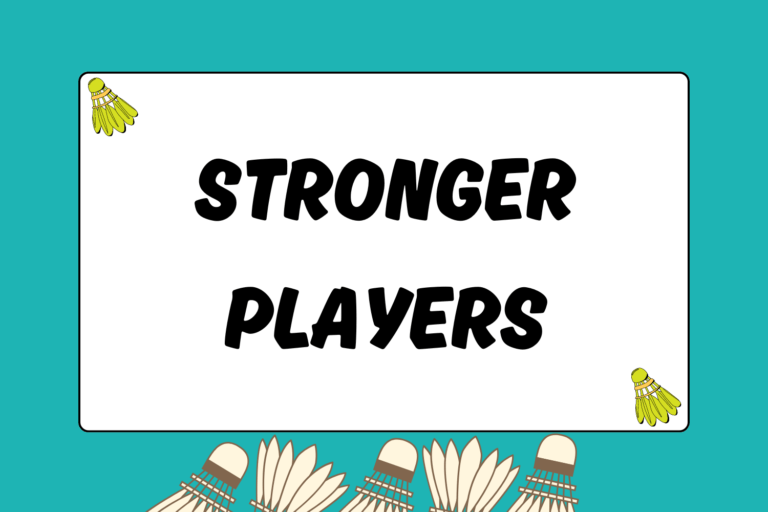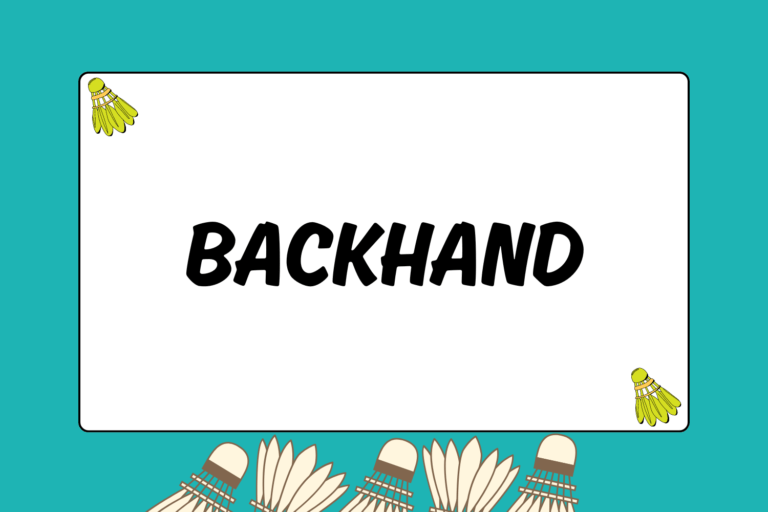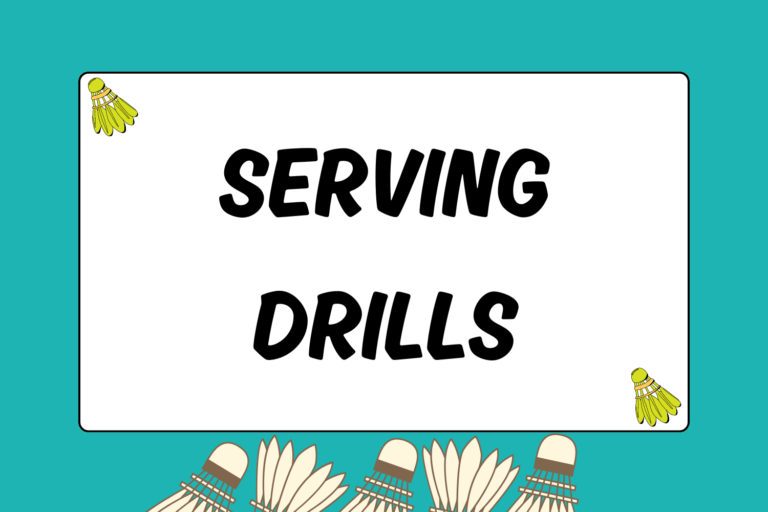If you’re playing badminton for the very first time, it may seem like an odd sport. The badminton rackets are smaller and lighter than tennis rackets, and the shuttlecock may be unlike any object you’ve ever seen.
Often, the hardest part of playing badminton is simply having the courage to give it a try. It may take you a while to get used to the whole setup, but it will be loads of fun when you finally do.
By the end of this guide, you’ll have all the knowledge you need to get out on the court and have some fun.
Getting to Know the Equipment
There is one main item that you should be comfortable with before you step onto a badminton court: the racket. The racket is made of lightweight metal, while the shuttlecock is made of plastic or feathers.
To learn how to grip the racket:
- Hold the shaft of the racket with your weaker hand.
- Turn the racket perpendicular to you so that you can no longer see the string, and the head of the racket appears to form a line.
- Hold the handle with your dominant hand as if you were shaking hands with someone.
Using this grip, you should be able to easily hit the shuttlecock by swinging underhand. If you have any trouble with this forehand grip, ask a friend or adult to help you. The grip should feel natural.
Choosing your Equipment
While there are quite a few pieces of equipment in badminton, you should only be worried about the racket and shuttlecock. A badminton racket can never be too light, but it can be too heavy.
Here are a few tips to follow when choosing a badminton racket:
- Use rackets made of lightweight metal like titanium and carbon graphite.
- There is an option for a shorter racket if regular-sized rackets are simply too heavy.
- Avoid rackets made of steel or wood.
When dealing with shuttlecocks, just stick with the reliable plastic type. These will last much longer than feather shuttlecocks and give you a good, consistent feel for the shuttlecock.
Playing with the Equipment
It takes some adjusting to get the shuttlecock to hit the racket’s sweet spot. The key is to keep working at it until you can consistently make solid contact with it.
Before you actually begin hitting, you should swing the racket a few times to see how it feels. Playing badminton can put a lot of strain on your wrist, so it’s important to see how your wrist reacts to the racket’s weight.
Hot Tip: Choke Up
If a racket is ever too heavy to play with, and there isn’t a lighter one available, you can simply choke up on the handle. “Choking up” means holding the racket higher up on the handle. This way, it doesn’t require as much power to swing the racket. If you do this, make sure never to hold the racket above the grip.
Hit the Shuttlecock Up
Hold the shuttlecock by the cork with your off-hand and throw it in the air. Swing underhand to hit the shuttlecock and try to hit it up as many times as possible without letting it touch the ground. Don’t worry about how high you hit it and just concentrate on making good contact and hitting it straight up.
To challenge yourself more, you can alternate your forehand and backhand. This means hitting the shuttlecock up in the air with your forehand and then hitting it with your backhand the next time. This way, you can practice both strokes, which will prepare you better for a game situation. You can move on to the next exercise once you get twenty or more consecutive hits.
Hit Against the Wall
Once you get the hang of hitting in the air, you should start hitting against the wall. To do this you’ll need to stand at least a racket-and-arm’s distance away from the wall to keep from accidentally striking the wall.
Start by hitting only with your forehand stroke and aim the shuttlecock upwards to give yourself more time to hit it again. Again, alternate forehand and backhand strokes if you want to challenge yourself.
Rally with a Partner
Once you develop a consistent underhand stroke, you can start hitting with a partner. Concentrate on consistency and getting the shuttlecock over the net.
Your overhand stroke should develop naturally as you rally. If someone else is hitting on the same side as you, be careful about where you swing to avoid hitting another person.
Have Fun Playing
It’s easy to get caught up in trying to perfect the right technique and forget to have fun. If you enjoy yourself, then you’ll be naturally drawn to the game and feel more comfortable working on your shots and strokes.
You could also grab a couple of friends to join as you all learn to play a new sport. As you grow as players, you’ll push one another to become better and better.
Remember, the hardest part of badminton is having the guts to try something new and different.





